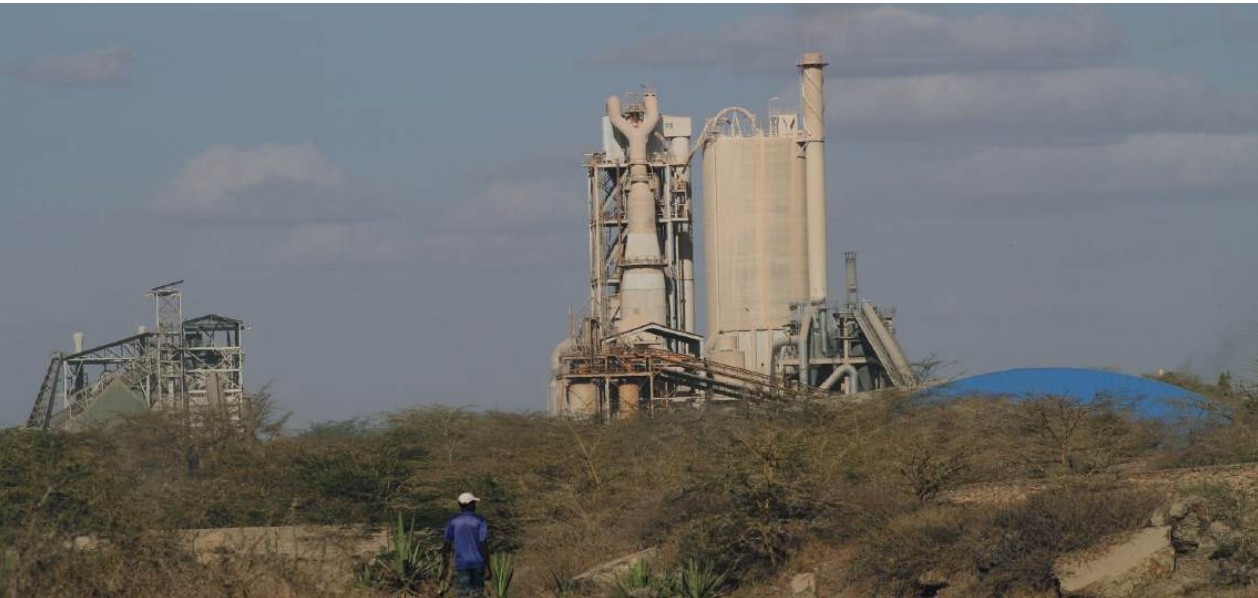Kenya’s foreign exchange reserves have hit a near 10-year low, exposing the country to increased dollar scarcity and resultant effects on the cost of living and economic growth.
The usable reserves fell to $6.56 billion (Sh845.8 billion) in the week ended March 10, Central Bank of Kenya (CBK) data shows, as the import cover remained below the preferred four-month cover, at 3.67 months.
At a similar time last year, Kenya’s reserves were at $8.01 billion (Sh 1.03 trillion), which was then almost five months of import cover.
The current stock is the lowest since April 2023, according to CBK data.
Reserves have been depleting in recent months, with a major impact on January, mainly as a result of dollar-denominated loan repayments, low earnings as a result of reduced exports, and a high import bill mainly on fuel.
The shilling has remained on a steady decline against the dollar, exchanging at a new low of Sh129.45 yesterday.
Importers and manufacturers are however accessing the dollar at up to Sh144 in the commercial exchange market.
The local currency has shed almost 12 per cent against the US dollar and is expected to plunge more as the U.S. Federal Reserve meeting minutes show policymakers are determined to use a slower pace of interest rate hikes to tame persistently high inflation.
The reserves are dropping when the country is expected to repay foreign debts close to Sh70 billion by April 15.
To meet international financial obligations, such as paying foreign debts, influencing monetary policy and supporting the importation of goods, countries use forex reerves.
Enough reserves usually gives confidence to investors in the event they want to move their money out of a country, or repatriate profits.
Being a dividend period, the market is expected to witness more pressure as companies seek dollars to pay shareholders.
“Traders are now in the black market. This is not sustainable. I fear that inflation will burst the 10 per cent in the coming months as businesses pass the high import bill to consumers,” Money markets analyst Ken Babu notes.
The shilling is expected to remain weak with projections of further drops in the medium-term, amid persistent forex demand from importers, as well as the impact of rising inflation.
According to trading solutions provider – AZA Finance, dry weather conditions are impacting vegetable crops, pushing prices higher and increasing the cost of living.
External debt repayment obligations are also contributing to broader forex scarcity, which has led to fuel shortages, as importers are unable to get hold of enough dollars to replenish their stocks.
“With the lack of rain likely to impact harvests and push inflation higher, we expect the shilling to continue depreciating in the near term,” notes Terry Karanja, senior treasury associate at AZA Finance.
Renaissance Capital has projected the shilling to close the month at 130 as the US dollar continues to strengthen.
CBK has however maintained a brave face on the weak shilling and falling reserves, as the government banks on diaspora remittances and credit facilities from the World Bank and IMF to boost the FX kitty.
“The usable foreign exchange reserves remained adequate at USD 6,566 million (3.67 months of import cover) as at March 9. This meets the CBK’s statutory requirement to endeavour to maintain at least 4 months of import cover,” CBK said in its weekly bulletin.















